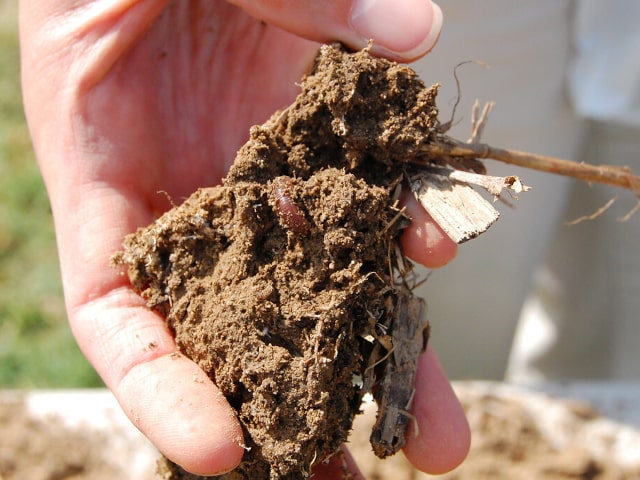
To understand garden soil, it's important to know that the soil fertility largely depends on the bacterial activity. The greater the bacterial activity, the more fertile soil is. Other elements determining soil fertility are sun, water and food. It's also vital to understand that once you have sunlight it's possible to add all of the other elements (bacterial activity, water and food) by proper treatment of the soil.
These three elements can be provided through organic fertilizers. There are many ways you can use fertilizers to add these three elements to the soil.
The Compost Pile
What is a compost pile? It's a combination of soil and organic materials such as manure, plant cuttings, garbage, and other materials. You can prepare a compost pile in your garden by placing a layer of inactive material (such as dried weeds) and on top of it a layer of soil and alternating succeeding layers of organic materials and soil. Add layers until the pile is about 4 feet in height. The width of such a pile should be between 4 and 6 feet.
It's important to keep your compost pile well wetted-down, especially during the first week. Also, make sure to turn the pile over from time to time. After decomposition has proceeded to a sufficient point, your compost pile is ready and you can use it in your garden. Add it to the garden soil to improve its quality.
Inorganic Fertilizers
Compost piles, animal manure and other types of organic fertilizers can be easily combined with inorganic fertilizers to create very effective soil food. These fertilizers come in many types and they are classified according to nitrogen, phosphorus and potash levels they contain.
When choosing a fertilizer, pay attention to the number printed on the bag. There are always three numbers, for example, 2-6-2. The first number refers to nitrogen, the second to phosphorus and the third to potash. In the example, it means that this fertilizer contains 2 parts nitrogen, 6 parts phosphorus and 2 parts potash. These numbers always indicate the proportions of three chemical elements (nitrogen, phosphorus and potash) in the fertilizer.
Cover Crops
It's important to know that there are certain crops that can add these inorganic elements to the soil as they grow. They will also provide valuable organic materials. These are the so-called "cover crops". These crops are the easiest way to fertilize your garden. However, you need to know that it takes certain time (about one season) to produce the full effect.
Popular examples of cover crops are soybeans and alfalfa. These crops and other similar ones add nitrogen to the soil when they are planted and later, when they are plowed. It's estimated that a cover crop of legumes, if plowed under at the proper time, provides about 100 to 150 pounds of nitrogen to the soil per acre. This is about the equivalent of 10 to 15 pounds of animal manure.
Cover crops have the highest amount of nitrogen and mineral content just before they reach maturity, so this is the best time to plow them. For example, hairy vetch is a good cover crop for many home gardeners because it's a winter annual and a good soil builder. It can be sown early in September and plowed under in May.
Improving Soil Quality
Remember that soil requires care. It's very important to fertilize it during the growing season as well as in the course of preparation. The easiest and probably the best way to fertilize your soil effectively is to add either organic or inorganic fertilizer to a quantity of water. Make sure to distribute it over the soil: it will ensure even distribution and quick absorption. Another thing you can do is to spread it by hand or with a spreader (this is a good method to apply on your lawn). After spreading the fertilizer, don't forget to wash it down with a hose.
If you want to build up a good soil foundation, make sure to apply your fertilizer before you spade or till. Try to work it in evenly after you apply it.
Another thing you can do is to use lime. It's recommended for people living in the Atlantic Coast region where there is less calcium in the soil, which makes it acid. You can use pulverized limestone with lots of organic matter to improve the quality of your soil.
Photo credit: Chesapeake Bay Program
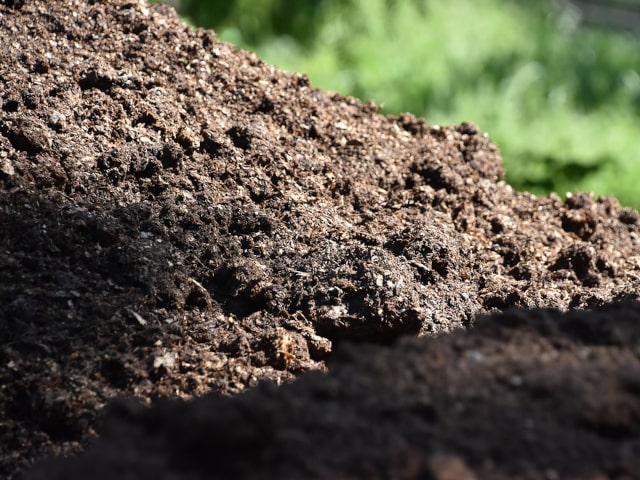
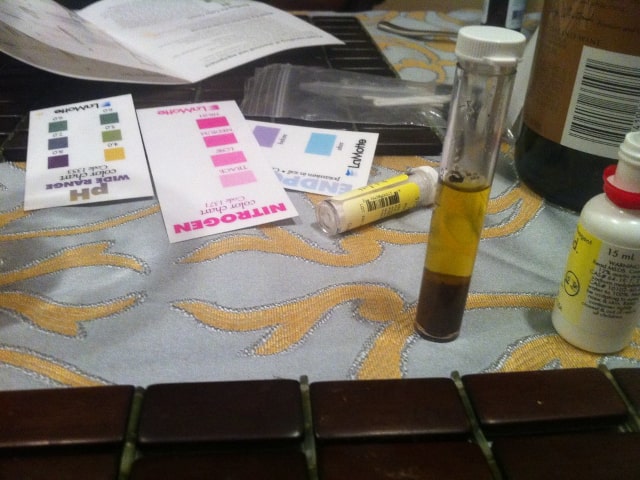
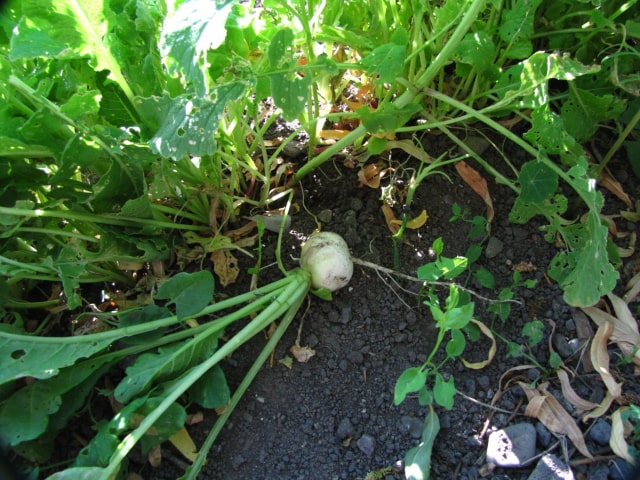
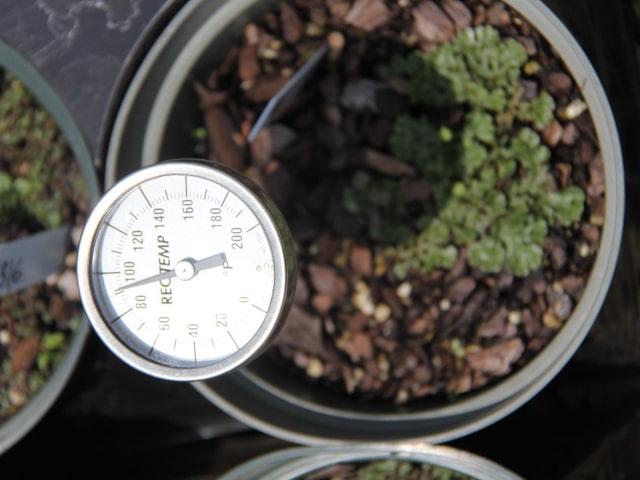
0 Comments